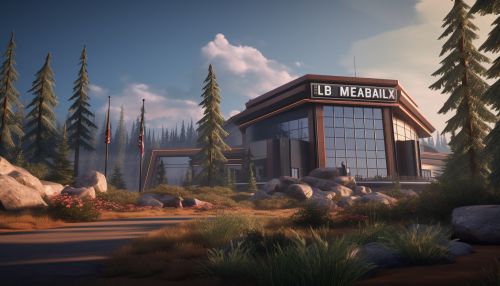Bureau of Land Management
Overview
The Bureau of Land Management (BLM) is an agency within the United States Department of the Interior responsible for administering public lands. With jurisdiction over 247.3 million acres (1,001,000 km2), it governs one eighth of the country's landmass.


History
The BLM's roots go back to the Land Ordinance of 1785 and the Northwest Ordinance of 1787. These laws provided for the survey and settlement of the lands that the original 13 colonies ceded to the federal government after the American Revolution. As additional lands were acquired by the United States from Spain, France, and other countries, the United States Congress directed that they be explored, surveyed, and made available for settlement.
Organization
The Bureau is organized into ten regions, each headed by a State Director. The regions are further divided into districts, each managed by a District Manager. The districts are further divided into field offices, each overseen by a Field Manager.
Functions
The BLM's mission is to sustain the health, diversity, and productivity of the public lands for the use and enjoyment of present and future generations. The BLM accomplishes this by managing such activities as outdoor recreation, livestock grazing, mineral development, and energy production, and by conserving natural, historical, cultural, and other resources on public lands.
Controversies
The BLM has been involved in various controversies related to land management issues, including the Sagebrush Rebellion and the 2014 Bundy standoff.
